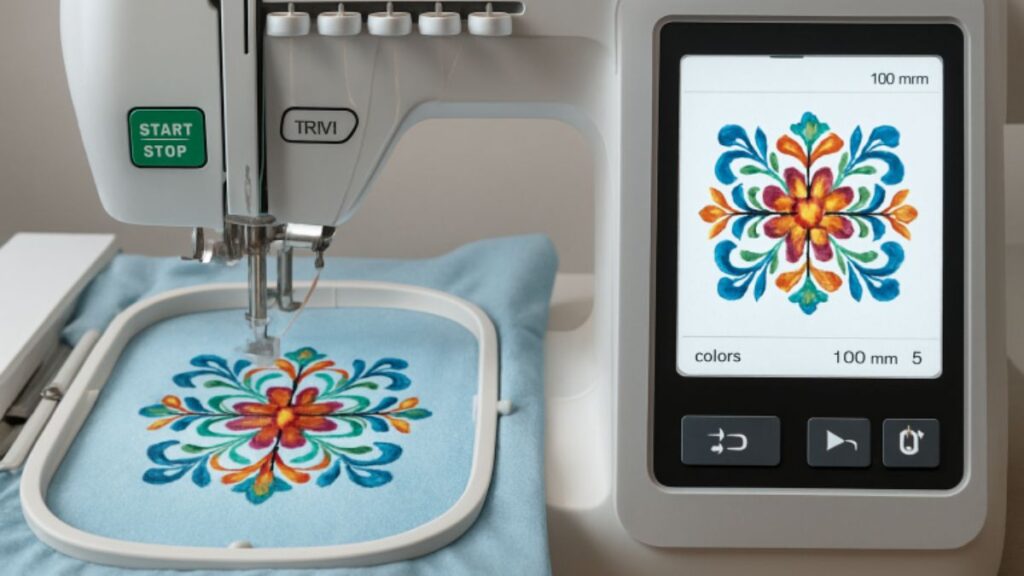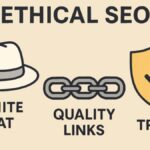Introduction
Embroidery stands at a fascinating intersection between time-honored craftsmanship and cutting-edge technology. Today’s embroiderers—hobbyists or manufacturing professionals—enjoy powerful tools that radically expand the boundaries of creative possibility. Modern devices like the commercial embroidery machine combine precision engineering with digital customization, paving the way for innovations that seemed unimaginable even a decade ago.
Thanks to these advancements, embroidery’s creative side is alive and thriving. While the tactile pleasure of needle and thread remains at the heart of the craft, technological developments have introduced unprecedented speed, accuracy, and creative freedom. As a result, embroidery now attracts artists, fashion houses, and entrepreneurs seeking to blend artistry with automation.
Advancements in Embroidery Machines
The landscape of embroidery equipment has transformed dramatically. Multi-needle embroidery machines now allow creators to transition between colors seamlessly, producing intricate designs at a fraction of traditional production times. Automated thread tension adjustment, real-time error detection, and customizable stitching presets all contribute to the consistent quality of modern embroidered products.
Beyond speed, these machines offer a broader range of design options. Thanks to enhanced needle precision and computer-driven pattern mapping, intricate monograms, complex logos, and even photorealistic images can be embroidered with remarkable clarity. Such remarkable efficiency and reliability directly translate into cost savings and market differentiation for commercial operations.
Software Innovations
Embroidery software has become the artist’s digital studio at the heart of this technological progress. Cutting-edge design programs now feature intuitive drag-and-drop interfaces, robust libraries of stitch types, and powerful simulation tools. These platforms make converting digital art files into embroidery-ready patterns easier and previewing finished results in 3D before making a single stitch.
Integrated order management and e-commerce features allow embroidery businesses to offer fully customized, short-run products to clients, often with next-day turnaround. Such flexibility satisfies modern consumers’ craving for personalized items and opens new revenue streams for creative professionals. For more on how this trend impacts industries, CNN Business provides an insightful look at the growing demand for custom design in fashion and retail.
Artificial Intelligence and Automation
Artificial Intelligence has swiftly become a trusted assistant in the embroidery world. Machine learning algorithms analyze uploaded designs, recommending optimal stitch patterns, thread counts, and color choices for any fabric. AI-powered tools can identify common production issues, like thread breaks or puckering, and automatically recalibrate for best results.
This level of intelligent automation dramatically reduces the error margin, empowering hobbyists and major manufacturers to deliver higher-quality designs with less waste. The ability to process large design files, automate threading and cutting, and monitor quality assurance in real time brings a professional finish to every project.
Sustainable Practices
Sustainability is no longer just a buzzword—it’s a central concern for embroidery studios large and small. Eco-friendly innovations abound, from threads made of recycled materials and organic fibers to energy-efficient machinery systems. These sustainable practices help reduce the industry’s environmental impact and speak to a growing consumer base that values eco-conscious brands.
In addition, digital workflows help reduce water and chemical usage, which is often required in traditional textile processing. As the CNN Style section notes, eco-friendly embroidery is fast becoming a hallmark of modern luxury goods, attracting conscientious customers and elevating the profile of ethical brands.
3D Embroidery and Mixed Media
A new wave of creativity is emerging through 3D embroidery techniques and mixed media. By layering threads with beads, sequins, or conductive filaments, artists craft eye-catching pieces that leap off the fabric, perfect for luxury fashion, interior decor, and even wearable tech.
Combining embroidery with elements like LED lights or flexible circuitry, creators can produce interactive and functional pieces that blur the line between clothing and technology. These unique, high-value items allow artisans to command premium prices and capture a niche in the growing market for bespoke luxury goods.
Direct-to-Garment Embroidery
Direct-to-garment (DTG) embroidery technology has recalibrated what’s possible in personalized apparel and merchandise. Unlike traditional setups, DTG machines print complex digital images directly onto fabric, then overlay them with embroidery for vibrant, hybrid designs. This opens up new avenues for small-batch orders, reducing lead times and setup costs.
For entrepreneurs and small businesses, DTG embroidery lowers the barrier to entry, making it easy to serve customers with custom one-offs and limited edition runs, essential in today’s fast-moving retail world where trend cycles are getting shorter and customization is king.
Conclusion
The creative evolution of embroidery has been profoundly shaped by continuous technological advancements, transforming a centuries-old craft into a dynamic, innovative art form. Technology has redefined speed and precision from embellishing high-end fashion pieces to producing personalized caps or managing a busy studio equipped with multiple commercial embroidery machines. Modern automation streamlines production, reducing manual labor while ensuring consistent quality. Advanced design software allows artisans to experiment with intricate patterns, vibrant color palettes, and complex textures that were once difficult or impossible to achieve. Meanwhile, introducing eco-friendly threads and sustainable materials aligns the craft with contemporary environmental values. These innovations not only expand creative possibilities but also make embroidery more accessible to both professionals and hobbyists. By merging tradition with cutting-edge tools, today’s embroidery artisans push boundaries and shape a vibrant, sustainable future—one meticulously crafted stitch at a time.







